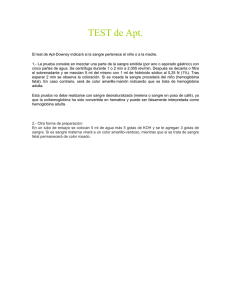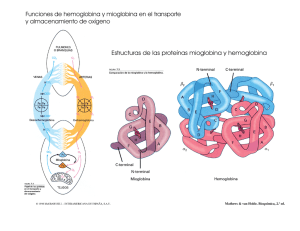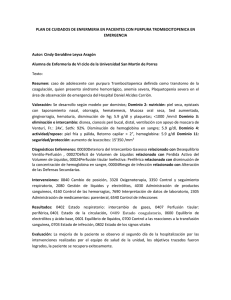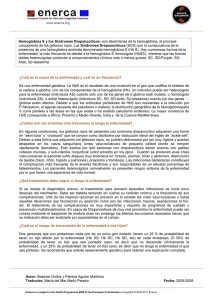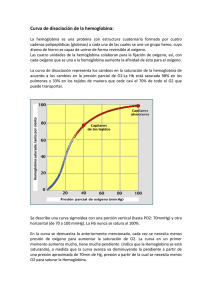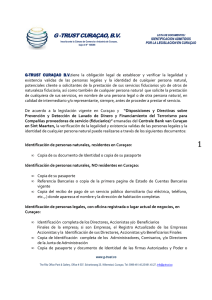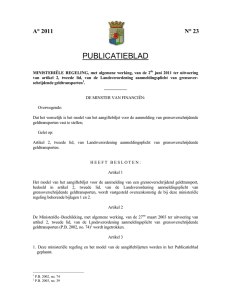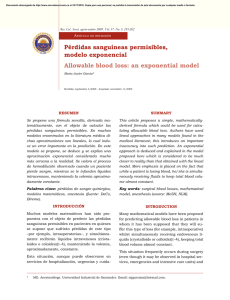SUMMARY This study describes the methods followed and the
Anuncio
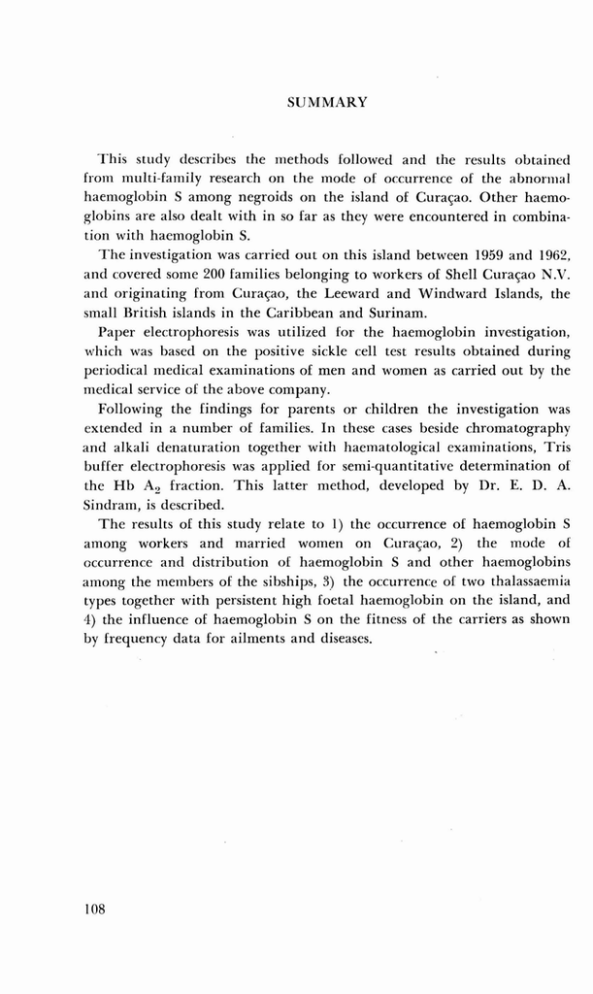
SUMMARY This study describes the methods followed and the results obtained from multi-fainily research on the mode of occurrence of the abnoriiial haemoglobin S among negroids on the island of Curaçao. Other haemoglobins are also dealt with in so far as they were encountered in combination with haemoglobin S. T h e investigation was carried out on this island between 1959 and 1962, and covered some 200 families belonging to workers of Shell Curaçao N.V. and originating from Curaçao, the Leeward and Windward Islands, the smal1 British islands in the Caribbean and Surinam. Paper electrophoresis was utilized for the haemoglobin investigation, which was based on the positive sickle cel1 test results obtained during periodical medica1 examinations of men and women as carried out by the medical service of the above company. Following the findings for parents or children the investigation was extended in a number OE families. I n these cases beside chromatography and alkali denaturation together with Iiaematological examinations, Tris buffer electrophoresis was applied for semi-quantitative determination of the H b A, fraction. This latter method, developed by Dr. E. D. A. Sindram, is described. T h e results of this study relate to 1) the occurrence of haemoglobin S among workers and married women on Curaçao. 2) the mode of occurrence and distribution of haemoglobin S and other haemoglobins among the members of the sibships, 3) the occurrence of two thalassaemia types together with persistent high foetal haemoglobin on the island, and 4) the influence of haemoglobin S on the fitness of the carriers as shown by frequency data for ailments and diseases. RESUMEN La presente tesis describe los métodos seguidos y los resultados obtenidos .en una investigación en escala multifamiliar para determinar la forma en que se presenta la hemoglobina S anormal entre los negroides en la isla de Curazao. Este estiidio se refiere también a otras hemoglobinas, por cuanto éstas han sido encontradas en combinación con la hemoglobina S. La investigación se Ilevó a cab0 exclusivamente en la citada isla, en el periodo comprenclido entre 1959 y 1962, extendiéndose a unas doscientas familias de obreros de la Shell Curaçao N.V., provenientes de Curazao, de las otras islas de Sotavento, de las islas de Barlovento, de las pequeñas islas británicas en el Caribe y del Surinani. La investigación de hemoglobina que se realizó con el método de electrofóresis con papel, se basaba en los resultados positivos de ensayos de células falcadas, obtenidos de deterininados hombres y mujeres durante los controles periódicos efect~iadospor el servicio médico de dicha compañia. Con motivo de los resultados obtenidos de padres o hijos, se procedió, en un numero de familias, a una investigacióri más profunda, aplicándose, aparte de cromatografia, desnaturalización por álcali y exámenes hematológicos, la electrofóresis denominada Tris buffer para la determinación semicuantitativa de la fracción H b AZ.Este método, inventado por el Dr. E. D. A. Sindram, está descrito en esta tesis. Los resultados de este estudio se refieren a 1) la presencia de hemoglobina S entre empleados y mujeres casadas de Curazao; 2) la forma en que se presenta, y la distribución de la hemoglobina S y otras hemoglobinas entre los descendientes en primer término y en linea horizontal; 3) la presencia de dos tipos de talasemia, junto con un contenido constantemente elevado de hemoglobina feta1 en la isla, y 4) la influencia de la hemoglobina S en la aptitud fisica de los portadores, tal como la manifiestan los datos relativos a la frecuencia de afecciones y enfermedades.
